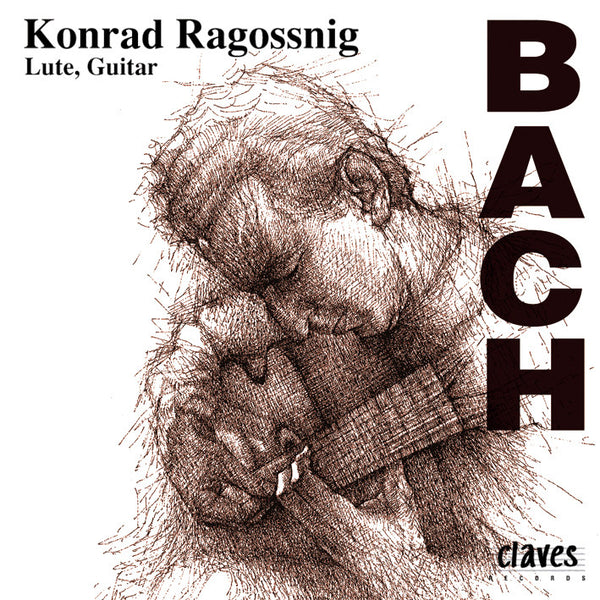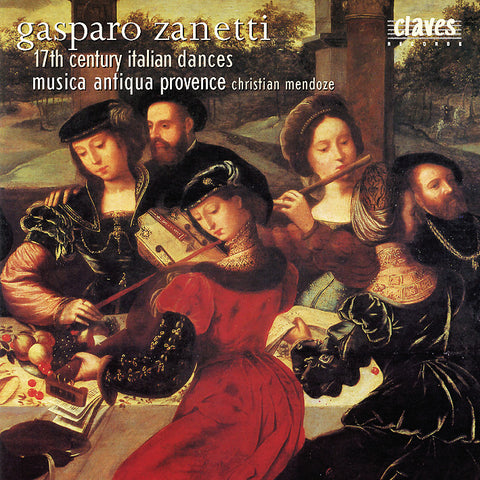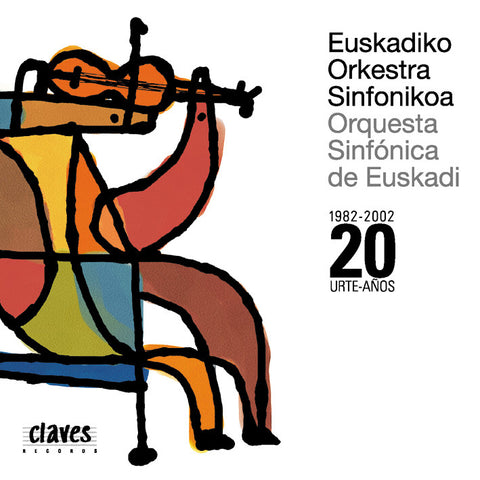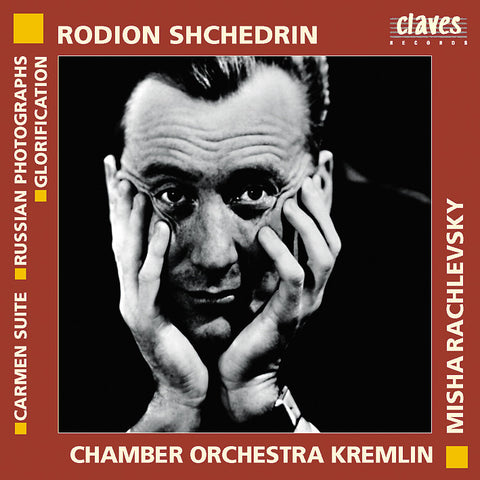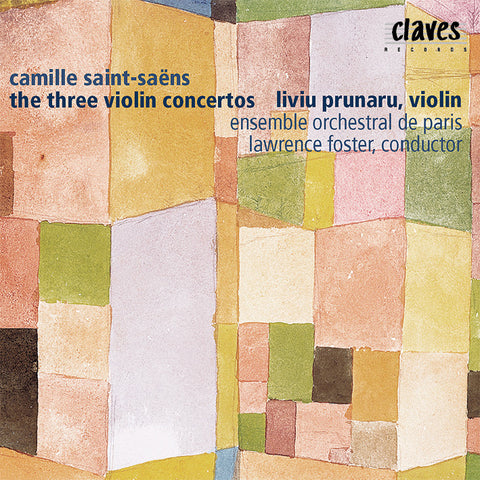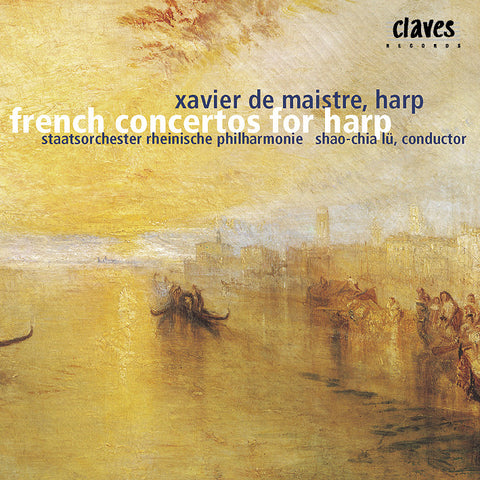(2000) Bach: Suites BWV 995 & BWV 1006a
Category(ies): Ancient music Rarities
Instrument(s): Guitar Lute
Main Composer: Johann Sebastian Bach
CD set: 1
Catalog N°:
CD 0605
Release: 2000
EAN/UPC: 7619931060521
- UPC: 829410602167
This album is now on repressing. Pre-order it at a special price now.
CHF 18.50
This album is no longer available on CD.
This album has not been released yet. Pre-order it from now.
CHF 18.50
This album is no longer available on CD.
CHF 18.50
VAT included for Switzerland & UE
Free shipping
This album is no longer available on CD.
VAT included for Switzerland & UE
Free shipping
This album is now on repressing. Pre-order it at a special price now.
CHF 18.50
This album is no longer available on CD.
This album has not been released yet.
Pre-order it at a special price now.
CHF 18.50
This album is no longer available on CD.
CHF 18.50
This album is no longer available on CD.
BACH: SUITES BWV 995 & BWV 1006A
While the lute transcription of the Partita in E Major, the Suite in E major for Lute (BWV 1006a), remains close to the original composition, the Suite in G Minor for Lute (BWV 995) is an entirely different case ; expressly named ‘Suite pour le Luth’, it is based on the suite for Solo Cello in C minor (BWV 1011). In addition to the actual transposition, as found also in the mentioned cantata movements, Bach made use the considerably more extensive technique of lute playing in the polyphonic elaboration of the setting of his work. This becomes evident above all in the fughe passage of the Prelude whose imitative form of setting is only hinted at in the cello version.
Both the Partita for Violin and the Suite for Cello were created in 1720. The transpositions for lute, however, can be dated only approximately even through the autographs of these works still exist. To judge from the characters used (script) and from the watermarks, the Suite in G Minor leads one to believe that it was composed between 1727 and 1731. The Suite in E Major, which must date from the years between 1735 and 1740, was probably written by Bach when he was visited in Leipzig in July 1739 by the famous lutenist Silvius Leopold Weiss of Dresden.
Many sources from the 17th and 18th centuries attest to the historical practice of transcribing settings for the lute into guitar settings and vice versa. If today compositions for the lute by Bach are also, not to say primarily, played on the guitar, this practice was actually customary until late into the 18th century.
Dr. Peter Benary
(2000) Bach: Suites BWV 995 & BWV 1006a - CD 0605
The seven compositions for lute by Johann Sebastian Bach are lonely pinnacles among the European works written for this instrument in the last years of the late Baroque Period. Four of them were actually conceived for the lute, while the three remaining ones are transcriptions or arrangements of works for solo violin or cello. The ad libitum practice of the late Baroque allowed for considerably more profound transformations of the original sound structure than would have resulted from a mere transposition from one solo instrument to another. Thus Bach used the Prelude of the Partita in E Major for Solo Violin (BWV 1006) as the ‘Sinfonia’ parts of two cantatas (BWV 29 and 120a) employing a relatively large orchestral body (three trumpets, kettledrums, trwo oboes, strings and basso continuo).
While the lute transcription of the Partita in E Major, the Suite in E major for Lute (BWV 1006a), remains close to the original composition, the Suite in G Minor for Lute (BWV 995) is an entirely different case ; expressly named ‘Suite pour le Luth’, it is based on the suite for Solo Cello in C minor (BWV 1011). In addition to the actual transposition, as found also in the mentioned cantata movements, Bach made use the considerably more extensive technique of lute playing in the polyphonic elaboration of the setting of his work. This becomes evident above all in the fughe passage of the Prelude whose imitative form of setting is only hinted at in the cello version.
Both the Partita for Violin and the Suite for Cello were created in 1720. The transpositions for lute, however, can be dated only approximately even through the autographs of these works still exist. To judge from the characters used (script) and from the watermarks, the Suite in G Minor leads one to believe that it was composed between 1727 and 1731. The Suite in E Major, which must date from the years between 1735 and 1740, was probably written by Bach when he was visited in Leipzig in July 1739 by the famous lutenist Silvius Leopold Weiss of Dresden.
Many sources from the 17th and 18th centuries attest to the historical practice of transcribing settings for the lute into guitar settings and vice versa. If today compositions for the lute by Bach are also, not to say primarily, played on the guitar, this practice was actually customary until late into the 18th century.
Dr. Peter Benary
Return to the album | Composer(s): Johann Sebastian Bach | Main Artist: Konrad Ragossnig







